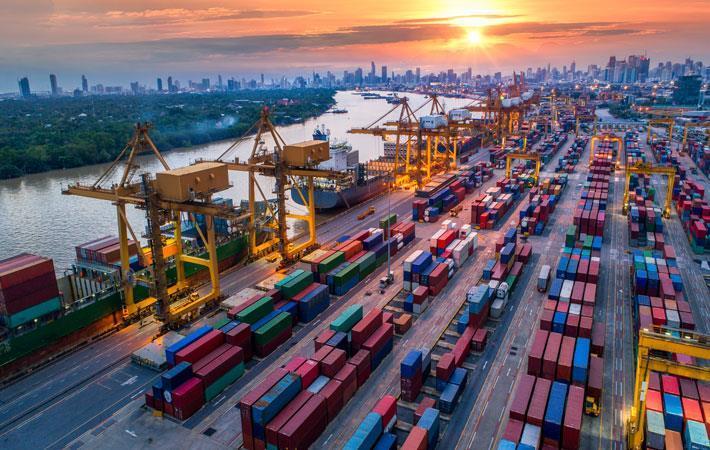India has a significant opportunity to improve its trade balances with the ongoing shift in the global trade dynamics and the deterioration of trade relationships between China and its major partners, such as the United States, Australia and Japan, Indian credit rating and research agency Acuité Ratings and Research Limited said recently.
Acuité expects most of the world’s developed nations, including those in Europe, will make efforts to reduce their dependence on China, wherever applicable, and diversify their supply base for strategic reasons.India has a significant opportunity to improve its trade balances with the ongoing shift in the global trade dynamics and the deterioration of trade relationships between China and its major partners, such as the United States, Australia and Japan, Indian credit rating and research agency Acuité Ratings and Research Limited said recently.#
This will benefit Indian exporters in various sectors like pharmaceuticals, chemicals, automotive, textiles, leather and even agricultural products over the medium term, it said. Such a trend has started to become visible in June with India’s exports to Australia having grown by 78 per cent and that to Japan and South Korea growing by 4.5 per cent and 15.5 per cent respectively despite the intermittent lockdowns.
While the exports to the United States have been consistently improving over the past few months post the COVID-induced disruption, even exports to trading nations like Singapore have increased by over 36 per cent in June, reflecting the opportunities presented by the changing trade dynamics.
“India can take advantage of the shifting global trade dynamics by entering into bilateral or multilateral trade pacts with a wide spectrum of nations that intend to reduce their large dependence on China. However, initiatives on new trade arrangements also have to be backed up by investments in indigenous manufacturing capabilities in close collaboration with the private sector and in line with the ‘Atma Nirbhar Bharat’ campaign,” said Sankar Chakraborti, group chief executive officer of the company.
India’s overall merchandise exports have witnessed a steady revival in the aftermath of the lockdown climbing from a low of $10.3 billion in April to $23.6 billion in July 2020.
While the exports volumes are still 10.2 per cent lower as compared to July 2019 on an overall basis, it needs to be noted that the exports of petroleum products have seen a massive contraction of 51.5 per cent and adjusted for that factor, the year-on-year (YoY) contraction has been only to the extent of 3.5 per cent.
While the recovery has been fairly broad based across product segments, there has been a significant YoY growth in product segments such as agricultural goods, pharmaceuticals and engineering goods.
India’s merchandise trade deficit for the April-July period at $13.95 billion has witnessed a sharp drop of 64.1 per cent from $59.42 billion in the corresponding period.
“In our opinion, the significant improvement in the trade deficit is primarily on account of continuing weakness in domestic demand along with a considerable decline in global crude oil prices but also partly due to exports recovering faster than imports. We expect the merchandise trade deficit to drop sharply by around 70 per cent to around $50-55 billion in FY21 as compared to $160 billion last year," said Suman Chowdhury, chief analytical officer of the company.
"While it may be difficult to sustain such improved levels of trade deficit as the economy revives and global commodity prices pick up, Acuité believes that the shifting global trade dynamics provide a good opportunity for India to improve on the inherent imbalances in its trade flows,” he added.
ALCHEMPro News Desk (DS)
